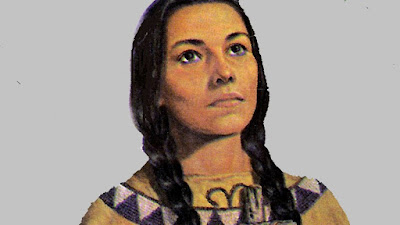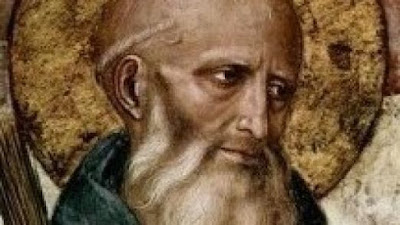Homily for the Fifteenth Sunday in Ordinary Time, July 16, 2017, Year A

Fr. René J. Butler, M.S. Provincial Superior, La Salette Missionaries of North America Hartford, Connecticut ( Click here for today’s readings ) Before my present assignment, I was pastor in a small parish in Vermont. The former pastor, Fr. Paul, lived with me, and one of his greatest interests was his garden, one of the most famous in town, not huge—just four raised beds—but always early and always lush. One of the secrets of his success was the soil, just the right mix of soil and his own rich home-made compost, completely organic, no chemicals. Just like the fourth illustration in the Parable of the Sower. Not for nothing he used to say he never felt so close to God as in his garden. I don’t suppose the yield was a hundredfold, but there were plenty of fresh vegetables through the summer, and plenty for canning and freezing. (My specialty was soups.) We ate well on a very moderate budget. One thing Fr. Paul couldn’t plan. The weather. If it was dry, he coul





